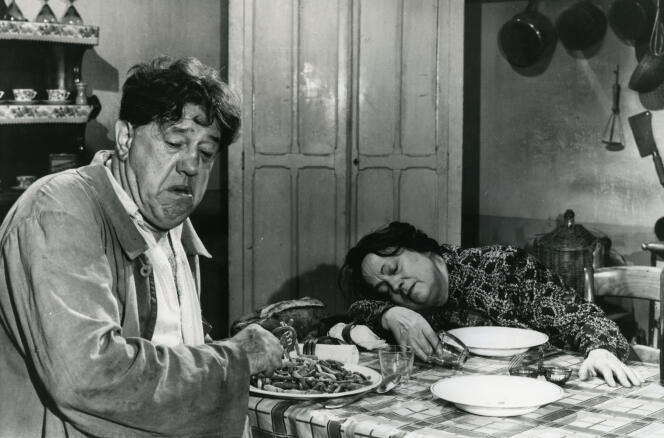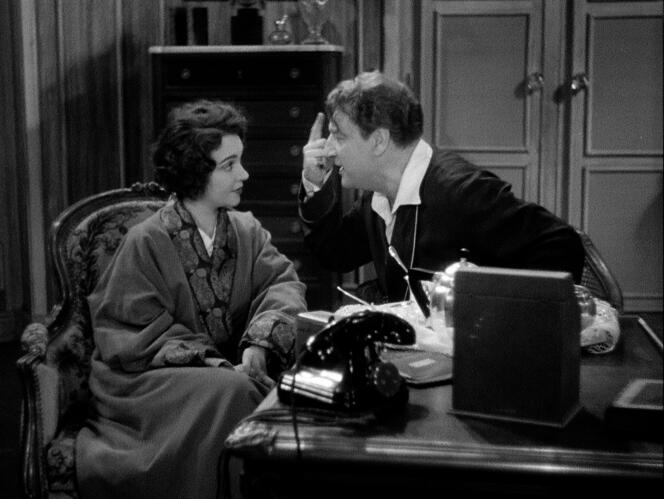The lover manages to convince the husband to leave for two days. “Then we have all life!” »exclaims the teacher. “Better than that, we have better than that, the lover replies, We have two days! » This exchange concludes Let’s have a dream, the adaptation of the play of the same name filmed in 1936 by its author and main performer. Didn’t the apparent paradox of this dialogue express what could constitute the very principle of the art of Sacha Guitry (1885-1957): a vision at the same time centered on the immediate possibility of pleasure, but of a concrete pleasure, beyond any romanticism, and the joyful acceptance of its inextricably contingent and immanent character. A true lesson in Epicureanism, detached from all illusion, the morality of an enjoyer who will always prefer the imperfection of what will be (two days) to the absolute of what will never exist (all of life), the force of the moment to the lie of eternity.
We can verify all this by going to see or rewatch eleven titles, produced by the author of Novel of a cheater (1936), which the distribution company Les Acacias released in theaters under the generic title “Le Génie Guitry”. The one who has always shown only a certain distance towards cinema, reproaching it for the absence of intensity of theater, this art built on presence and the present, has asserted himself as one of the greatest creators of forms cinematographic, transforming an apparent desire to record his work into a bubbling laboratory. Because, in Guitry’s work, the simple project of a displayed capture often joins, because of the rhetoric he puts at the service of a pure display (a certain taste for wide and medium shots and especially long shots) , a kind of experiment.

But discovering the selection of the chosen titles in its entirety will also do justice, if that were still necessary, to the commonplace which was content to see Guitry as nothing more than a simple playwright recording his plays through the cinema (Let’s have a dream And My father was right, both in 1936). Story almost entirely told in voice-over (A Cheater’s Novel, 1936); melodrama set against the backdrop of the Occupation which will be the only film shot at this time evoking daily life at the time, that of the black market and the curfew (Give me your eyes, 1943); historical fantasy (The Lame Devil, 1948); farcical comedy of manners (There were nine singles1939) or grating and macabre (The Poison, 1951); parody in verse by Edmond Rostand (The Word of Cambronne, 1937); starting with this family documentary (Those from home) which he shot in 1914, all kinds of figures are offered in a choice which testifies to the great diversity of the work.
You have 55% of this article left to read. The rest is reserved for subscribers.
